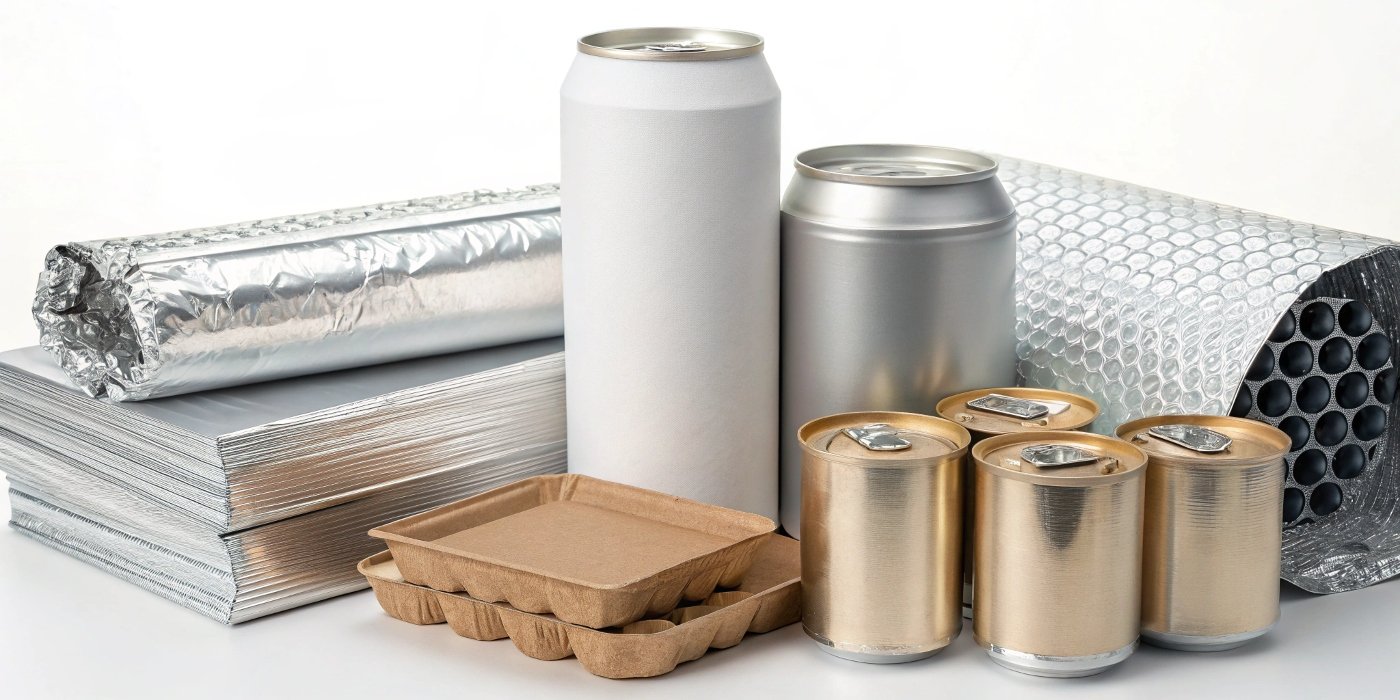
From soda cans to airplanes, aluminum is everywhere. But what makes it so useful? Understanding its unique combination of properties unlocks why it is a go-to material for modern industry.
Aluminum is incredibly versatile because it is lightweight yet strong, naturally resistant to rust, highly conductive, and easy to shape. This powerful mix of benefits makes it suitable for countless applications across nearly every industry.
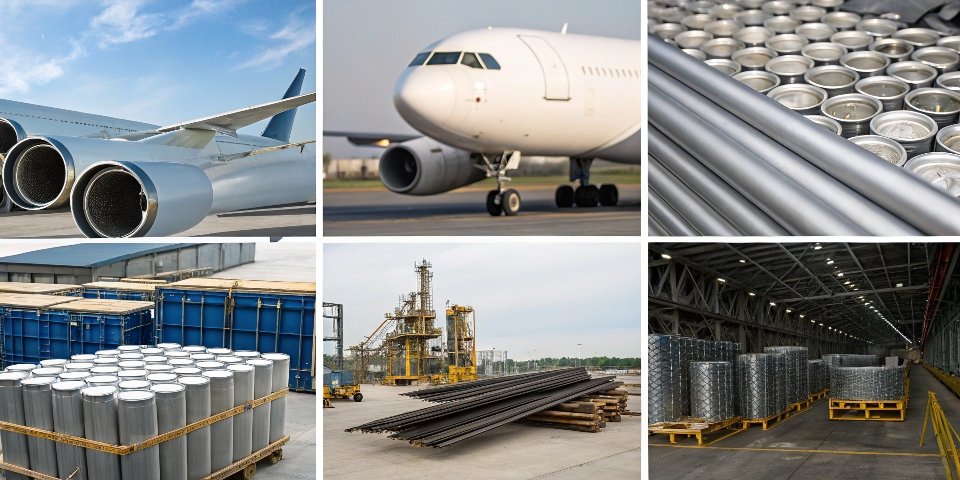
Working at an aluminum hydroxide plant, I see the very beginning of the aluminum value chain. The raw material’s fundamental nature dictates its final use. It’s not just one single quality that makes aluminum great, but how several key properties work together. This synergy is what allows for so much innovation. Let’s explore these properties one by one to see why this metal is so essential for modern life.
Why is aluminum such a useful material?
Engineers need materials that are both strong and light. Heavy materials increase fuel costs and are hard to handle, while weak materials can fail and cause safety issues.
Aluminum is useful because it offers a high strength-to-weight ratio. It is also naturally corrosion-resistant, non-toxic, and easy to form, making it safe and durable for both industrial and consumer products.
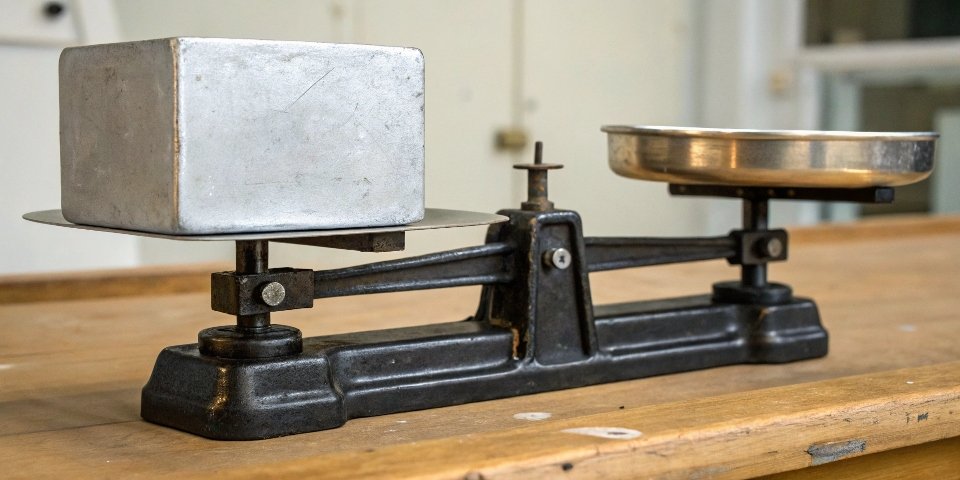
The combination of being both light and strong is probably aluminum’s most famous quality. In my field, we see how the basic chemistry of our aluminum hydroxide powder ultimately leads to a metal with these amazing features. This is the foundation of its usefulness.
The Power Trio: Light, Strong, and Resistant
The core usefulness of aluminum comes down to three main properties that work together perfectly.
-
Lightweight: Aluminum has a density of about 2.7 grams per cubic centimeter. This is roughly one-third the density of steel. This single property is a game-changer for any application where weight matters. In aerospace, a lighter plane uses less fuel. In automotive, a lighter car has better performance and efficiency. Even for handheld electronics, being lightweight1 makes a product more user-friendly.
-
Strength: Pure aluminum is quite soft. However, it can be mixed with small amounts of other elements like copper, magnesium, and silicon to create alloys. These aluminum alloys2 can be engineered to be as strong as some types of steel, but still keep their light weight. This gives engineers the "best of both worlds" and is why it is a critical structural material.
-
Corrosion Resistance: Unlike iron or steel, aluminum does not rust. When aluminum is exposed to air, it instantly forms a thin, tough, transparent layer of aluminum oxide on its surface. This layer, called a passivation layer3, protects the metal underneath from further oxidation and corrosion. If the surface gets scratched, the protective layer instantly reforms. This makes it ideal for outdoor applications like window frames, building facades, and ships.
What is the most versatile metal?
Many metals have one great quality but fail in others. Steel is strong but heavy and rusts. Copper is a great conductor but is expensive and soft. This often limits design and functionality.
While debatable, aluminum is a top candidate for the most versatile metal. This is due to its unique blend of lightness, strength, corrosion resistance, high conductivity, recyclability, and excellent formability. No other single metal offers such a balanced and useful set of properties.

To be truly versatile, a material needs more than just one or two good qualities. It needs to be adaptable. Aluminum’s usefulness extends far beyond just being light and strong. Its ability to be easily shaped and recycled multiplies its value.
Beyond Strength: Adaptability is Key
Aluminum’s versatility comes from a range of other properties that allow it to be adapted to almost any need.
| Property | Description | Common Applications |
|---|---|---|
| Formability | Aluminum is very malleable and ductile. It can be easily cast, rolled into thin foil, machined, or extruded into complex shapes. | Beverage cans, kitchen foil, intricate window frames, heat sinks. |
| Conductivity | It is an excellent conductor of both heat and electricity. Per unit of weight, it is twice as conductive as copper. | Electrical power lines, radiators, high-end cookware. |
| Recyclability | Aluminum is 100% recyclable without any loss of its natural qualities. Recycling it saves over 95% of the energy needed to make it from raw bauxite ore. | All aluminum products. The "circular economy" in action. |
This combination means you can design almost any shape, make it function well as a conductor or heat exchanger, and then recycle it at the end of its life to start the process over again. This complete lifecycle is what makes it a truly versatile and modern material.
Why is aluminum so special?
Some material properties are invisible but are critically important for certain applications. Using a material that is magnetic, toxic, or sparks can be a deal-breaker for sensitive projects.
Aluminum is special because of its less obvious properties. It is non-magnetic, which is crucial for electronics. It is also non-toxic and non-sparking, making it safe for food packaging and use in explosive environments.
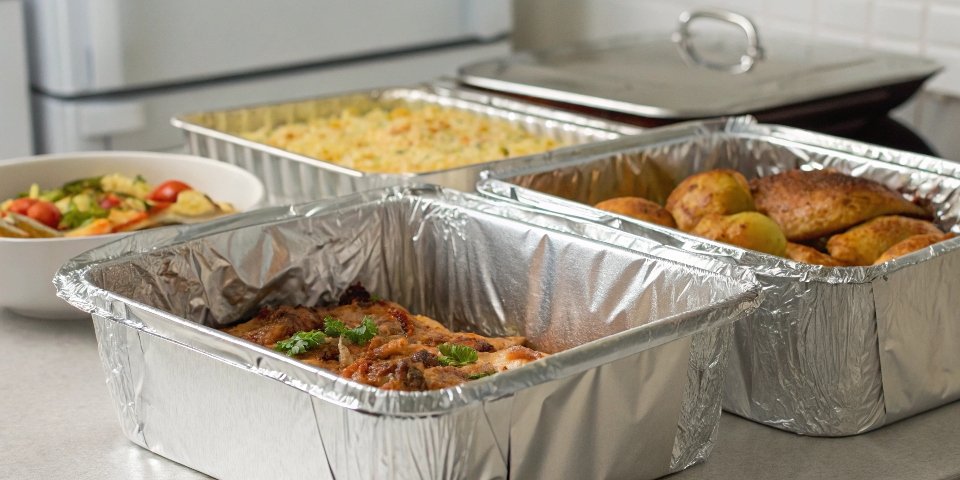
Sometimes the most important quality of a material is what it doesn’t do. When I talk with customers, we often discuss these hidden benefits. They are what opens the door for aluminum to be used in highly specialized industries like medicine, food, and electronics.
The Unique and Unseen Advantages
Beyond the common properties, aluminum has several special characteristics that make it the only choice for certain jobs.
- Non-Magnetic: Aluminum is not magnetic. This makes it essential for shielding sensitive electronics and for manufacturing hardware for computers and smartphones, where magnetic interference can cause problems. It’s also vital for medical equipment like MRI machines.
- Non-Toxic: The metal and its surface oxide are non-toxic4 and do not affect the taste or smell of food. This, combined with its excellent barrier properties, is why it is used so widely for food and beverage cans, foil wraps, and kitchen utensils.
- Reflectivity: Aluminum has a high reflectivity5 for both light and heat. This makes it ideal for use in reflective insulation for buildings, emergency blankets, and light fixtures to maximize brightness.
- Non-Sparking: Aluminum tools will not create a spark when struck against another surface. This is a critical safety feature for tools used in environments with flammable or explosive materials, such as in the oil and gas industry.
Why is aluminium widely used?
A material can have great properties but be useless if it’s too rare or expensive. High costs or unreliable supply can limit widespread adoption no matter how good the material is.
Aluminum is widely used because it provides the best overall value. It is the most abundant metal in the Earth’s crust, and efficient production methods make it affordable. This cost-effectiveness, combined with its versatility, drives its global use.
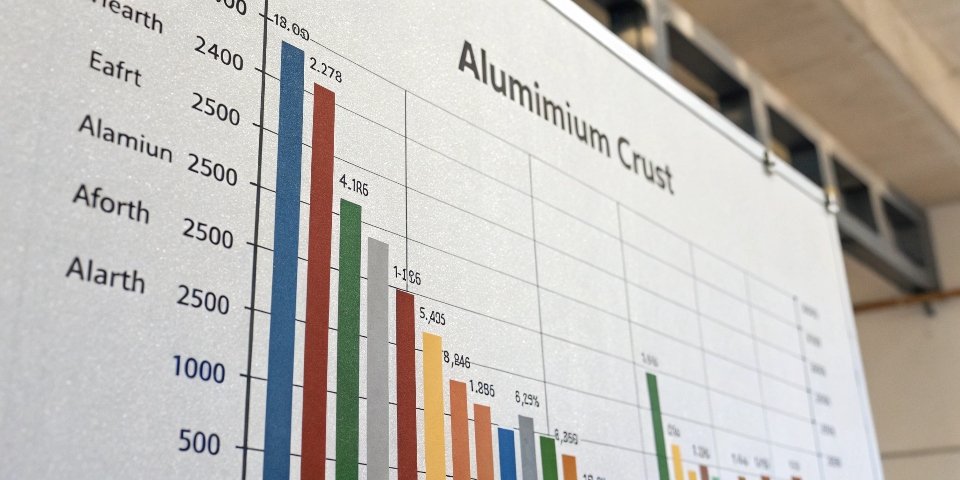
From my perspective at the source factory, this is the final piece of the puzzle. We can produce high-quality aluminum hydroxide, which becomes alumina, and then aluminum, because the raw material, bauxite, is plentiful. This leads to a stable supply chain and a competitive price.
The Economic Foundation: Abundance and Affordability
The global use of aluminum is built on a solid economic foundation. First, it is the most common metal in the Earth’s crust, making up about 8% of its weight. This ensures a stable and long-term supply. There is no risk of it running out.
Second, while the extraction process is energy-intensive6, modern production methods on a massive scale have made the final metal very cost-effective. But the cost calculation doesn’t stop there. Its light weight saves a huge amount of money in shipping costs, both for the raw material and the finished products. Its durability and corrosion resistance7 mean products last longer and need less maintenance, reducing their lifetime cost. Finally, its high recyclability8 means the material retains its value. This combination of availability, low weight, and lifecycle value9 is why aluminum is not just a great material, but a smart economic choice for businesses worldwide.
Conclusion
Aluminum’s blend of light weight, strength, corrosion resistance, and affordability makes it a uniquely versatile material, essential for countless applications in modern life and industry.
-
Explore how lightweight materials like aluminum enhance efficiency and performance in various engineering applications. ↩
-
Discover how aluminum alloys combine strength and lightness, making them ideal for structural applications. ↩
-
Understanding the passivation layer can reveal why aluminum is so durable and resistant to corrosion. ↩
-
Understanding non-toxic materials can help ensure safety and quality in food packaging and storage. ↩
-
Explore how high reflectivity materials enhance energy efficiency in buildings and products. ↩
-
Learn about the energy requirements for aluminum production and its implications for sustainability. ↩
-
Learn about the importance of corrosion resistance in extending the lifespan of materials used in various industries. ↩
-
Discover the environmental benefits of recycling aluminum and its role in promoting a circular economy. ↩
-
Understanding lifecycle value can help businesses make informed decisions about material investments. ↩
You may also be interested in:
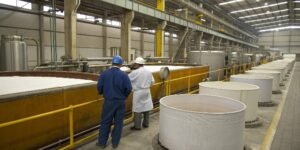
How is sodium hydroxide used in the paper industry?
Paper production is a complex process. Using the wrong chemicals can ruin pulp quality and increase costs. Sodium hydroxide is a key chemical that solves many of these challenges. Sodium

What Are the Core Properties and Production Methods of Aluminum Hydroxide?
Finding reliable aluminum hydroxide is hard. Inconsistent quality can ruin your products. Let’s explore its core properties and how it’s made, so you can source with confidence. Aluminum hydroxide is

China Low Viscosity Aluminum Hydroxide Manufacturers?
Are you tired of searching for direct aluminum hydroxide factories in China? The process can be confusing, and you might be dealing with traders who raise prices. The most prominent

Is Al(OH)3 a solid, liquid or a gas?
Are you confused about the basic physical state of aluminum hydroxide? This uncertainty can cause problems in handling and application. Let’s clear up this fundamental question right away. Aluminum hydroxide,

Aluminum Trihydrate (ATH) Supplier in India?
Finding reliable suppliers in a vast market can be overwhelming. Do you risk quality for cost or balance both? India offers several qualified Aluminum Trihydrate (ATH) suppliers known for quality
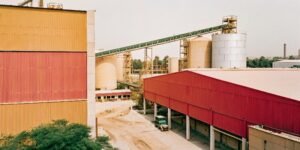
Aluminium Trihydrate Manufacturers Suppliers New Delhi?
Looking for reliable aluminium trihydrate sources in New Delhi can be overwhelming. The quality and delivery times vary. How can you find the right supplier? To find aluminium trihydrate manufacturers

Aluminium Hydroxide at Lowest Price in Bhavnagar?
Finding affordable aluminum hydroxide seems challenging, right? Manufacturers often struggle with cost, but there are ways to secure competitive prices in Bhavnagar. The best way to get low prices on

How is sodium hydroxide used in the paper industry?
Papermaking needs pure pulp, but lignin makes it weak and yellow. How do you fix this? Sodium hydroxide is the essential chemical that effectively removes these unwanted impurities. Sodium hydroxide,

Properties and Production of Aluminium Hydroxide?
Are you struggling to find a consistent, high-quality supply of aluminum hydroxide? Price fluctuations and unreliable quality from middlemen can harm your business and disrupt your production schedule. Aluminum hydroxide

How is Fine Aluminum Hydroxide Precipitated from Bayer Liquors?
Struggle with inconsistent aluminum hydroxide? Worried that poor particle size will compromise your product quality? We master the precipitation process to deliver the fine, consistent powder you require. To precipitate